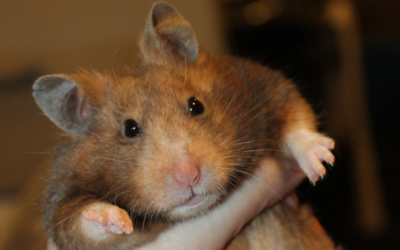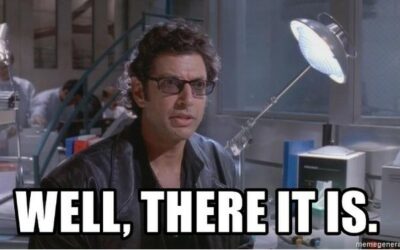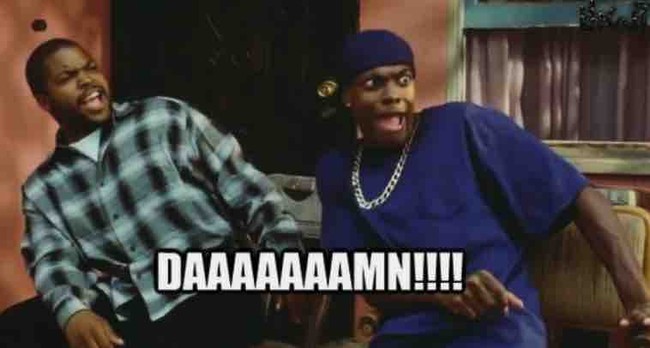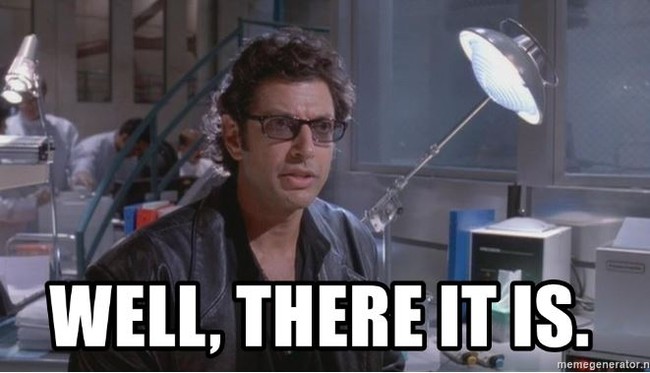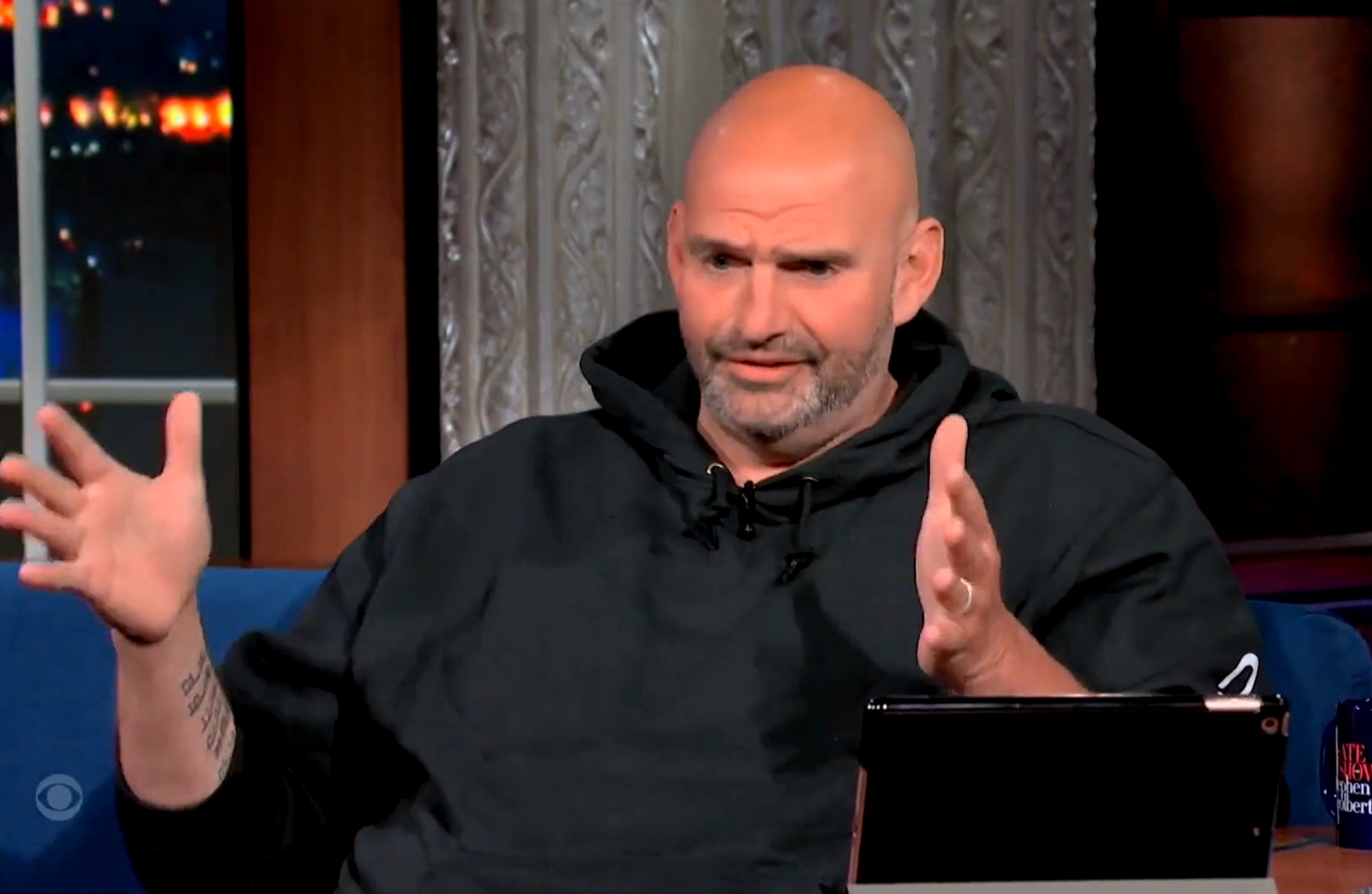Bluey’s dad isn’t so bad — and moms can be overly nurturing too

Does “Bluey” really “turn fathers into mothers”?
That’s the claim Jeremy Pryor makes in a recent article for Align, arguing that that the mega-popular cartoon attacks the traditional family, especially in its depiction of fatherhood.
Any parent — father or mother — who fits Pryor’s description of ‘Bluey’s’ Bandit is in fact an active detriment to his or her children.
Bandit (the dad in “Bluey”), Pryor contends, is “constantly nurturing” and “always present.” He is no disciplinarian but “a plaything” in the eyes of his children.
Don’t blame Bandit
First, let me be clear: I’m not sure that Pryor’s take is quite fair to Bandit, who seems in my limited exposure to “Bluey” perhaps overly gentle but not pathologically so. This is, after all, a preschoolers’ show.
That said, Pryor’s broader point about our mistaken postmodern paternal ideal is well taken. The idea that dads should always be accommodating and never be intimidating is, like most postmodern ideas, an infantile fantasy. It takes no account of human nature and creates misery wherever it is permitted to fester unchecked.
Pryor may have picked a poor example to make a valid point about what children need from their fathers.
Nevertheless, his critique of our modern investment in parental androgyny raises a question worth addressing: What makes an ideal father different from an ideal mother?
Nurture shock
Pryor contends that the very qualities he says make Bandit a lousy father — constant nurture, constant presence, always pleasant playmate — would make a woman an ideal mother.
Putting aside the question of whether Bandit in fact displays these traits to such excess, is that true? I would submit not.
Per Mary Wollstonecraft, the founding mother of feminism before it all went so terribly wrong: “Weak, enervated women” are “unfit to be mothers.” A woman who responds to her child’s every whim is not raising that child to engage the wider world but delimiting his capacity to engage anyone but her. The archetypal term for this insidious maternal figure is the “devouring mother.”
The devouring mother does have a long and storied history; she is an archetype for a reason. But she cannot be considered “traditional.” After all, women throughout most of history could not focus with such martyred self-abnegation on their children. They simply had too many other things to do.
Getting to good enough
Until industrialization, when middle- and upper-class women could for the first time in history devote themselves solely to the domestic welfare of their own nuclear families, nearly all women labored alongside their husbands and children on farms.
In these circumstances, the best a woman could hope for was to be a “good enough” mother: loving and strict and far too busy to be next to her child every second, like the mom in “Little House on the Prairie” or the one in the “Kirsten” books of the original “American Girl” series.
Fortunately, it turns out that “good enough” is what’s best.
Any parent — father or mother — who fits Pryor’s description of “Bluey’s” Bandit is in fact an active detriment to his or her children. Judging by today’s soaring rates of childhood misbehavior, mental health problems, and fragility, we do indeed have far too many such parents.
So if mothers should not be hovering pushovers any more than fathers should, what makes fathers unique and uniquely valuable?
Dad duty
Personally, I have two answers.
First, fathers provide a different kind of discipline — but only to a point. Yes, “talk to Daddy” is drawn as a leveling up of firmness in my house. Mommy is plenty firm, but Daddy has a different impact because Daddy is a man. But I also have four boys and no girls. If I had four daughters and no sons instead, I truly cannot imagine a scenario in which my husband would be the heavy; in fact, it would almost certainly go the other way.
Second, per Pryor, fathers do tend to offer a unique kind of “territory-expanding” and “training,” particularly to sons but also to daughters.
I am a “he’s fine” kind of mom. In part because it’s not my personality and in part because I know it’s not a good idea, I do not gasp or run over when my kid skins a knee or even a chin. I try to respond to what my kid says he needs (sometimes a hug, sometimes ice, often nothing), not react to what I saw.
But I am a mom, and I have my limits.
Checks and balances
I “let grow” pretty well, but when my kids aren’t back to my side exactly when I expect them to be — say, from the library across the street or from a bike ride around the block — I am always on the precipice of running to find them.
My anxiety is inevitably written all over my face. And my kids would surely see that, were I to follow my impulse and dash off at the first suspicion that they might be trying without immediate success to find their way back to me. Fortunately, my husband’s voice is always in my head, and often in my ear: “This is about you getting reassured, not about them being safe. They are fine. They will be fine. Do not worry them with your worry.”
I am beginning to notice that my sons tend to stay calm even when they are unsettled precisely because they have a dad who models that kind of stoicism consistently. Dads do tend, I think, to keep their sights trained more steadily than moms do on the endgame of raising adults who can manage real life, including when it’s scary.
So part of being a “good enough” mom, I guess, is knowing when to get out of the way and let Dad do his job.




